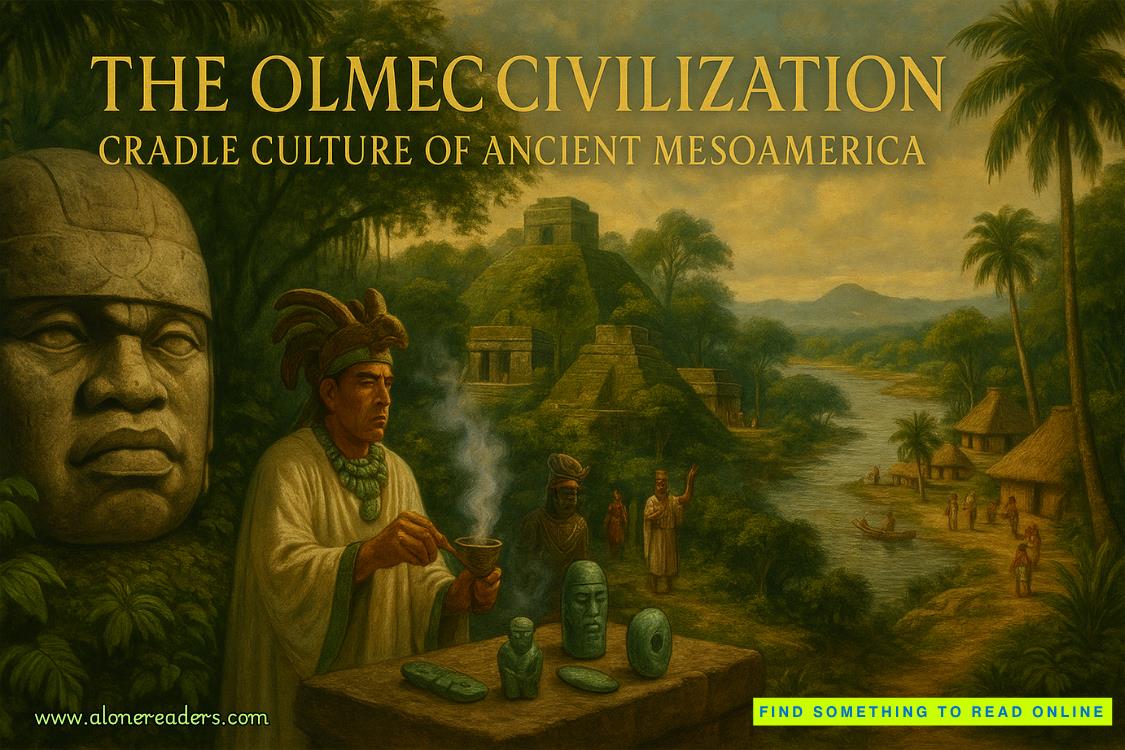Page 67 of Filthy Little Fix
Fragment 3 decrypted:Now, take away the awful fear, and my sensations at feeling the supernatural hand in mine were very similar, in their strangeness, to those which I experienced on waking up and seeing Queequeg's pagan arm thrown round me. But at length all the past night's events soberly recurred, one by one, in fixed reality, and then I lay only alive to the comical predicament.
Fragment 4 decrypted:at night, in the mid-watch, when the old man —as his wont at intervals—stepped forth from the scuttle in which he leaned, and went to his pivot-hole, he suddenly thrust out his face fiercely, snuffing up the sea air as a sagacious ship's dog will, in drawing nigh to some barbarous isle.
The first line is…Herman Melville?
Is that it? The digital rat, the traitor Svetlana is looking for, is using a high-security encrypted transmission to... send chapters ofMoby Dick?
No. Worse.Fragments. And out of order.
I've seen this before. A massive amount of data camouflages a real message in a random fragment—or fragmented among several. If there's a message hidden in the text, it has a different format. Geographic coordinate patterns, date and time formats, IP addresses… but defining a script that checks a list of baits won't work if the message is inserted in the middle of the original text. A sentence, a word. A subtle alteration.
I need this text complete and ordered.
I look at the clock. I have twenty minutes.
They need an index among several disordered fragments, a sequence number so the receiver can assemble the puzzle. So, I search the metadata—a simple script that ignores the text and renames each file according to its ID. I join them. The chaos of random fragments is now a single, gigantic text file, perfectly in order.
I try to download a copy of the original Moby Dick text, but the mob's network blocks me—a red page withACCESS DENIED. I forgot for a moment that they think they have me on a leash.
I glance at the clock again. I don't have time to ask for permission.
A reverse SSH tunnel solves it. They always leave port 443 open for traffic that looks legitimate.
I type the command from memory, and in thirty seconds, I have access through a straw they don't know exists. The text file downloads in the blink of an eye. No one will notice.
I place the two files side-by-side in my system: the original Moby Dick and the organized version of the interception. Thescript will compare the two, letter by letter, and show me any discrepancy, no matter how small.
diff moby_dick_original.txt moby_dick_intercepted.txt
I press Enter.There's no immediate result. The computer is working, comparing millions of characters.
The seconds drag on. A minute. Two.
The screen fills with text. A massive block of 'deletions', entire chapters missing.
For a moment, I consider the possibility of a failed interception. But the idea dies before it's even born. I myself verified the sequence of IDs the organizing script collected: from 1 to 5.428, without a single number missing.
No. We got everything. They didn't even bother to send the whole book.
And, in the parts wehave, thediffconfirms that there are no alterations compared to an original PDF turned to TXT of Moby Dick. None, not even a single homoglyph.
Right.
If there's a message, it's not in the visible content—it can only be in the invisible structure of the data itself. Steganography.
I open my arsenal of forensic analysis. A scan of the least significant bits. I run the tool on the files. A graph appears, analyzing the data distribution. If there were a hidden message, there would be a peak, an anomaly in the randomness. The graph I see is flat. Clean.
Nothing.
Then, an analysis of extended metadata. Maybe the message is hidden in file information fields that aren't normally visible. I run another script.
CHECKING EXTENDED METADATA...
NO HIDDEN FIELDS FOUND.
I try everything.I search for alternative data streams, I analyze the slack space of each file for residual bytes. Every test returns the same result: negative. Clean. Empty.
I lean back in my chair.















